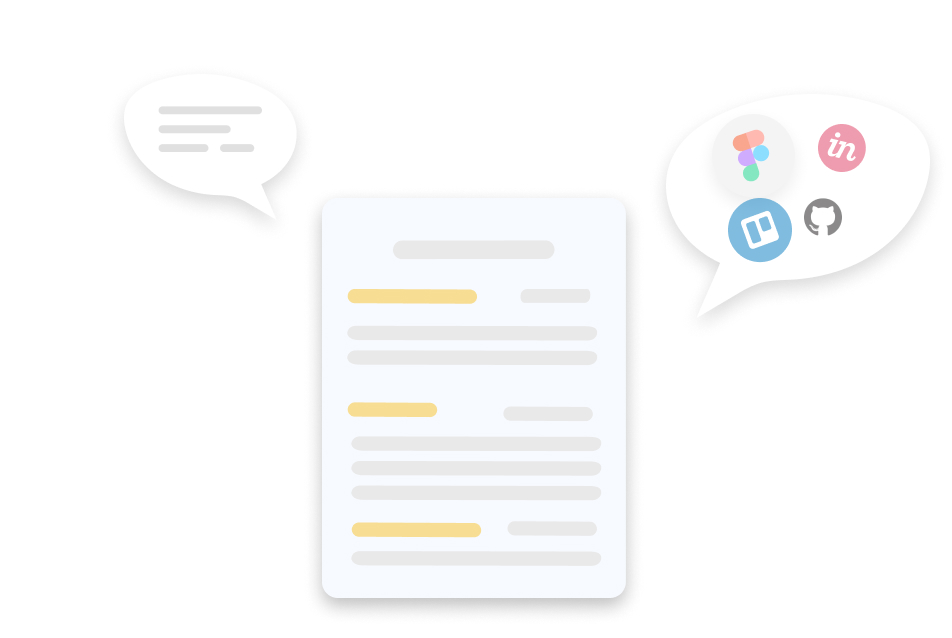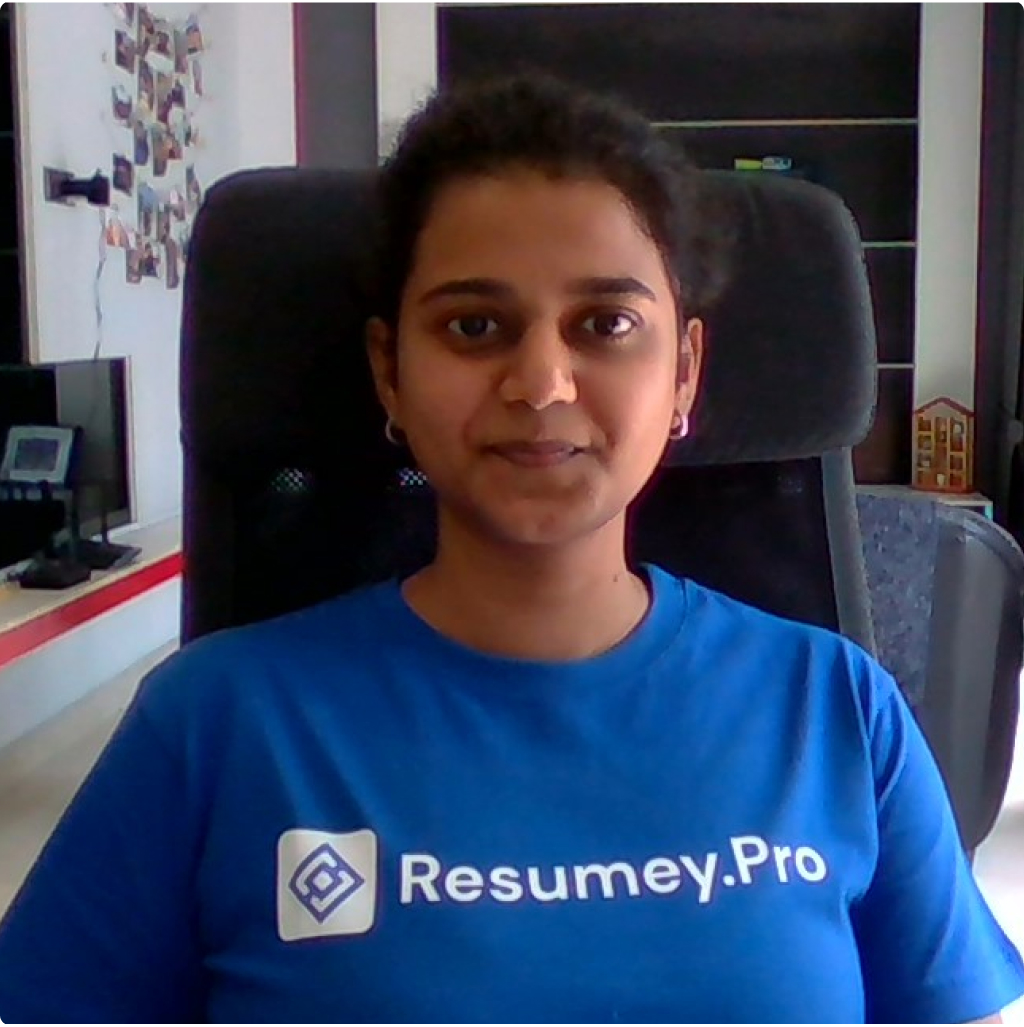Do you ever think about the whole process of networking, having an online presence, and building a personal brand? You’d think all that stuff alone could land you the job of your dreams, right? Then why do we need a resume? Are they still relevant?
To understand why they’re still around, we need to understand their purpose.
Why Have a Resume?
A resume is a quick way for hiring managers to assess whether they want to spend time speaking to you. It’s almost like a dating profile—it’s only a starting point and doesn’t guarantee a job, but it helps open doors. The purpose of your resume is to get the conversation started.
When applying for a job, hiring managers often receive hundreds of applications. A well-crafted resume makes it easier for them to see why you’re the right fit. Instead of sifting through your entire employment history, they get a concise, relevant snapshot tailored to the role. This is why writing a resume that highlights your skills section and experience section effectively is crucial.
Additionally, resumes are often shared among multiple people involved in the hiring process. A concise, well-structured resume ensures your application stands out and is easy to evaluate.
Writing your resume can also aid your thinking process while applying. It gives you clarity by revisiting your past experiences and understanding how your skills section fits into the role you are applying for.
Should I Make a New Resume for Every Job?
Yes! Customizing your resume for each job application can significantly increase your chances of getting noticed. A generic resume might not address the specific needs of different employers, whereas a tailored resume highlights the most relevant experience, career objectives, and industry keywords.
Why Write a Resume When I Have a Portfolio?
If you have a digital portfolio, you might wonder—why make a resume? A portfolio showcases your work, but a resume provides a structured brief summary of your experience section, skills section, and highlight achievements. Think of it as a table of contents for your professional journey.
Your resume can also include background information not covered in your portfolio, such as mention certifications, soft skills, and technical skills. Using both a resume and a portfolio gives you a more comprehensive application.
 Let your resume do the talking
Let your resume do the talking
Why Build a Resume Even When You Have LinkedIn?
Your LinkedIn profile is a great personal branding tool, but a resume allows for more customization. Employers appreciate resumes that are specifically tailored to the target job they’re hiring for. A well-structured professional summary gives you more control over how your summary statement is presented.
How Should I Write a Resume?
A great resume should:
- Be concise and to the point
- Highlight achievements and relevant experience
- Follow formatting tips for easy readability
- Include industry keywords from the job description to pass Applicant Tracking Systems (ATS)
- Be tailored for each role
The best resumes answer the question, “Why do we need to make a resume?” by demonstrating their effectiveness in helping you land interviews.
When you’re actively seeking out a role, it helps to be more specific. Your resume is a fluid, dynamic document that is modified as per your application. Every role is different with different requirements. Making sure relevant information is highlighted will give you a better chance of getting shortlisted for an interview.
But as they say, people contain multitudes. You may wonder, “how can one possibly fit everything in a single page?”. That’s the trick. You don’t have to. Resumes don’t tell the entire story but are enough to pique the interest of the hiring manager. Resumes ought to be customized for the specific role you are applying for, so don’t overload it with a ton of content.
Resumes are Evolving, Not Dying
Companies are increasingly using sophisticated ways to shortlist candidates. Resume is just one of them. While the hiring methods are evolving, we also see resumes trends evolving. Modern resumes go beyond just listing employment history. Here’s how to make a resume that aligns with current hiring trends:
-
Keyword optimized for ATS: Many companies use Applicant Tracking Systems (ATS) to filter applications. This means your resume should include relevant experience, industry keywords, and job responsibilities from the job description. However, avoid keyword stuffing—your resume should still read naturally.
-
Effective Resume Design & Formatting: Design layout matters! A clean layout design, clear headings, and strategic use of white space make your resume effective and easier to read. Using simple colors, consistent typography, and proper alignment helps hiring managers quickly grasp key information. A well-structured resume template can make a strong first impression.
-
Highly Curated Content: Instead of sending the same resume for every job, customize it. Highlight expertise areas and experience section that match the specific job title. You can even use the company’s brand colours subtly in your resume to make it more visually appealing.
-
Bringing Out Your Personality: Authenticity is always in fashion. The tone of your resume and the choice of words can help you stand out. Including hobbies and interests, volunteer work, or unique skills can showcase who you are beyond just your employment history.
Resumes remain a critical part of job applications. The hiring process is evolving, but resumes are adapting as well. Whether you’re wondering "how should I write a resume?" or "should I make a new resume for every job?", the answer is clear: A well-crafted tailored resume can help you land more interviews and advance your career.
So, why create a resume? Because it’s your ticket to getting noticed and securing job opportunities!
